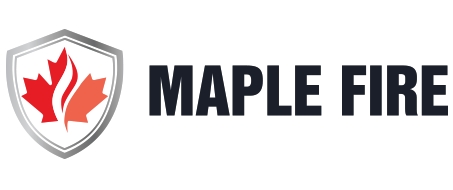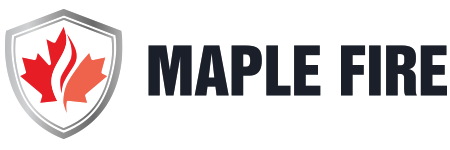Fire extinguishers play a vital role in the protection of life and property when handling small and incipient fires. It is critical that fire extinguishers are inspected, tested, and maintained to remain fully operational in case of emergency and code compliant to eliminate interruptions to your facility.
Since all fire extinguishers are not created equal, it is vital to have the proper size and agent when needed to minimize damage. Properly maintained fire extinguishers operated by trained personnel save lives and prevent property damage.
Ensuring that your fire extinguisher testing has been completed correctly can only be accomplished by utilizing professional services from a reputable company. At Maple Fire, we are experienced in fire safety and understand how to test for fire extinguishers' functionality properly. Our fire extinguisher test service will help you maintain a solid fire emergency plan and ease your mind of any worry regarding your fire extinguisher in the future.
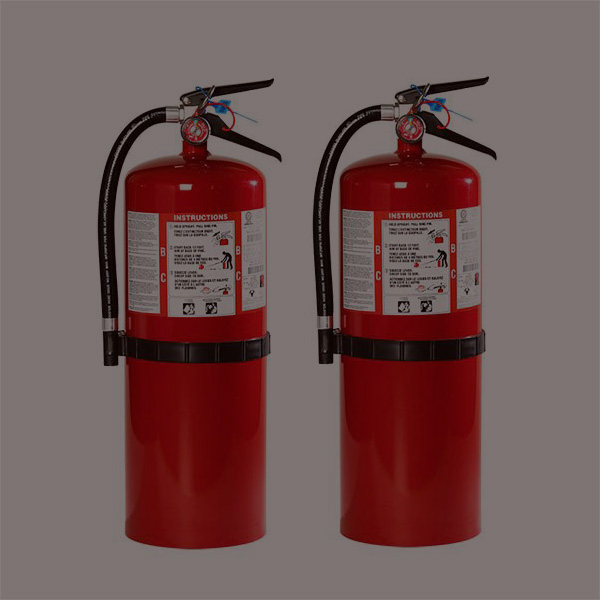
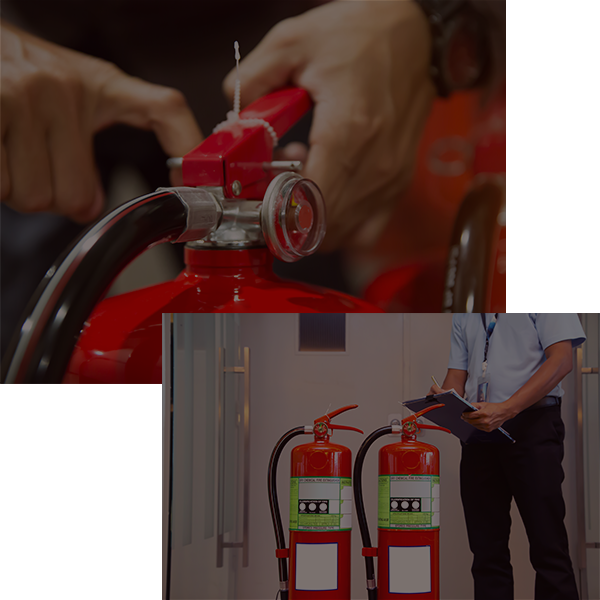
FIRE EXTINGUISHERS BENEFITS
- Simplified pricing
- Annual Maintanance service
- Recharge service
- Hydrostatic testing
- Service for all types of fire extinguishers
- Inventory management
MAINTENANCE SCHEDULE
EVERY YEAR
- Maintenance on portable fire extinguishers.
EVERY 6 YEARS
- Maintenance on stored-pressure extinguishers.
EVERY 5 YEARS
- Hydrostatic test on carbon dioxide and water-based extinguishers.
EVERY 12 YEARS
- Hydrostatic test on stored pressure and cartridge-operated extinguishers.
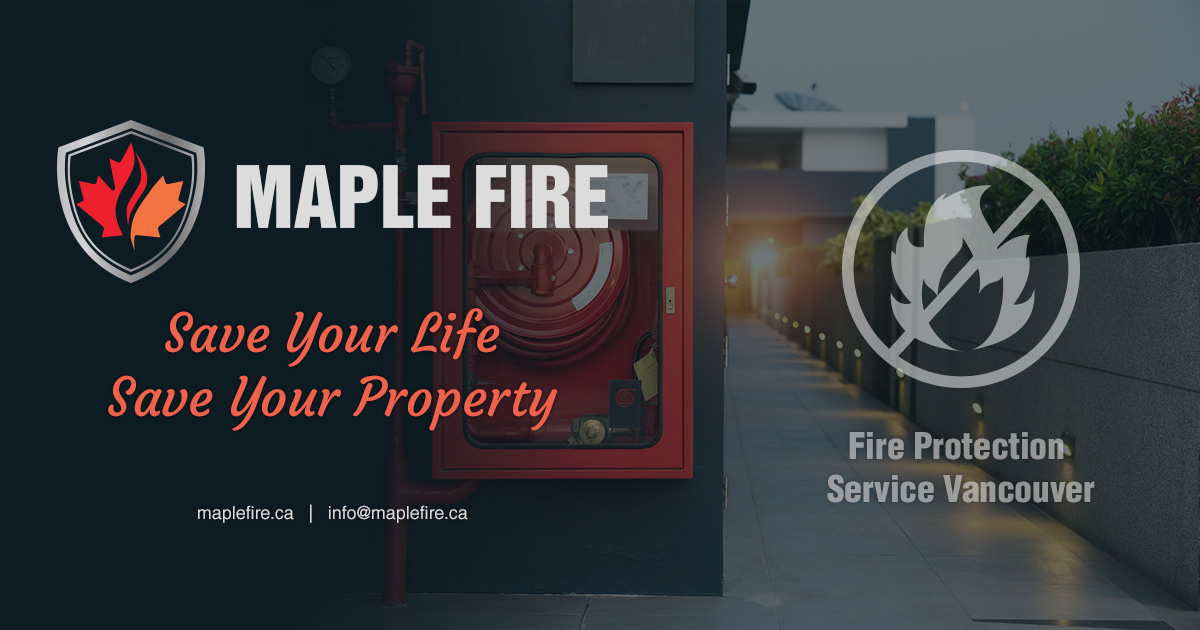
HOW WE WORK
INSPECTION PROCESS
DURING AN INSPECTION, OUR MAPLE FIRE EXTINGUISHER TECHNICIANS WILL:
- Determine if the extinguisher is properly hung with the proper manufacturers hanger
- Remove the extinguisher from its hanger
- Check the gauge pressure
- Check the condition of the gauge and its compatibility with the extinguisher
- Check the date of manufacture, last hydrotest & six-year maintenance date
- Check the valve and shell for damage or corrosion
- Remove the hose and check the threads, inspect the hose for cracks or splits, and inspect the condition of the discharge horn
- Check the valve opening for powder or any foreign matter
- Remove the extinguisher seal and locking pin and check the upper and lower handles
- Replace the locking pin and reseal the extinguisher
- For dry extinguishers, fluff the powder by turning the extinguisher
- Clean the extinguisher
- Check the condition of the hose/horn retention band at the side of the extinguisher
- Check the extinguishers classification and operating instructions legibility and properly tag the extinguisher
- Survey the hazard area to verify that the extinguisher classification corresponds with the hazard
- Check that the extinguisher is visible and unobstructed
- Replace the extinguisher on its hanger
- Deliver a complete report of the inspection explaining any deficiencies and recommending corrective action in accordance with recognized codes for care and maintenance
